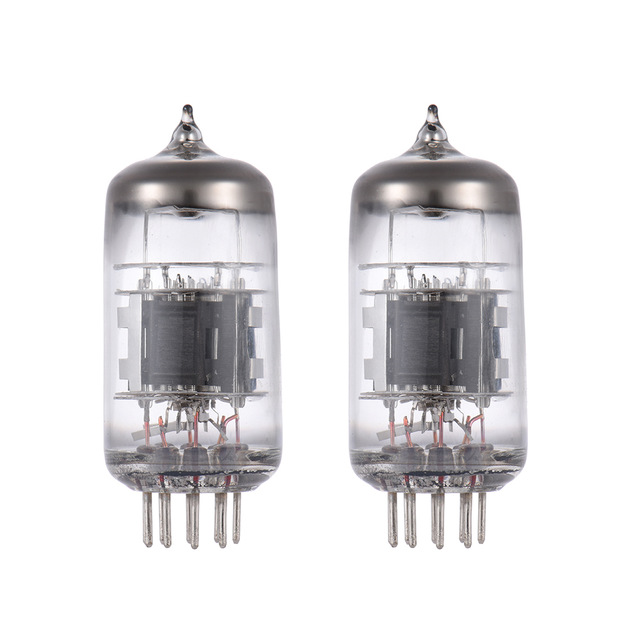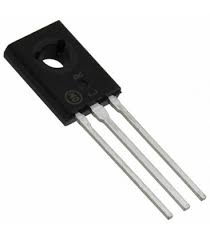Generation of Computer-Introduction
The development of computers in the different time periods is known as Generation of computer. Computer generation is described as stage of technological development or innovation. The advancement of in technology occurred in each generation, the computers in each generation became smaller, cheaper , more reliable then the previous generation of computer. It is classified in to five different generations.
- First Generation Computers
- Second Generation Computers
- Third Generation Computers
- Fourth Generation Computers
- Fifth Generation Computers
First Generation Computers
- Date: 1940-1956
- Memory Unit used: Vacuum Tubes / Thermionic Valves)
- Input : Punched Card
- Output: Punched Card
- Programming Language: Machine Language
- Storage: Punched paper Tape
- Speed measured : MiliSecond
Features
- It was based on vacuum tubes.
- It occupied very large space, slow, inefficient and unreliable due to low accuracy.
- The power consumption was very high and generated much heat.
- Machine language / Binary language was used i.e 0s and 1s.
- They performed work in millisecond.
- Examples: Harvard Mark I, ENIAC (Electronic Numerical Integrator and Calculator), IBM (International Business Machine) 700 series. etc
[Note: Vacuum Tubes was developed by Lee De Forest in 1908 and later used in computers]
Second Generation Computer
- Date: 1956-1963
- Memory Unit: Transistors
- Input: Punched Cards
- Output: Paper
- Programming Language: Assembly Language
- Storage: Magnetic Cores
- Speed : MicroSecond
Features:
They were based on Transistors.
They occupied less space, faster, reliable, accurate compared to first generation of computer.
They were faster and could perform work in micro second.
Assembly language were used in the form of alphanumeric (mnemonics) was used to program and hence programming became more efficient.
Examples: IBM 1401, NCR 300 series etc.
[Note: John Bardeen, William, Shockley and Walter Bartain in 1947 and won Novel prize for it]
Third Generation Computers
- Date: 1964-1970
- Memory Unit: Integrated Circuit.
- Input: Keyboard
- Output: Monitor
- Programming Language : High Level Language
- Storage: Improved Disk Storage (magnetic storage)
- Speed: NanoSecond
Features:
- They were based on IC (Integrated Circuit) or LSI (Large Scale Integration)
- They consumed less electric power than previous generation of computer.
- They were smaller, less expensive than previous generation of computer.
- Computers became portable for the first time.
- Semi conductor memory was used as primary memory.
- Keyboard and Monitor were introduced.
- Processing speed speed increased to nanosecond.
- Examples: NCR 395, B6500 etc.
[Note: IC was developed by Jack Kilby and Robert Noyce in 1958]
Fourth Generation Computer
- Date: 1970 to Till Date.
- Memory Unit: VLSI (Very Large Scale Integration) / Micro Processor.
- Input: Keyboard / Mouse / Scanner
- Output: Monitor
- Programming Language: High Level Language
- Storage: Hard Disk
- Processing Speed: Pico Second
Features:
- They were based on Microprocessor.
- They were powerful, portable, reliable than previous generation of computer.
- They used magnetic disk and optical disk with huge storage capacity.
- Processing speed increased to pico second.
- Graphical User Interface and further refinement in input and output devices.
- Example: Altair 8800, HP 9000, CRAY II etc.
[Note: First Commercial Micro Processor was Intel 4004 made by Intel Corporation in 1971]
Fifth Generation Computer

Date: Present and Beyond
Memory Unit: Bio Chip / ULSI (Ultra Large Scale Integration)
Features:
- These computer will be fully parallel processing capacity.
- Computer will have AI (Artificial Intelligence) i.e computer will be able to think and do its work itself.
- Natural Language like English will be used to give instructions.
- They are used in the field of medicine.
Projects of Fifth Generation Computer
- ICOT Program in Japan
- DARPA (Defense Advanced Research Project Agency)
- IKBS (Intelligent Knowledge Based System)
[Note: Deep Blue of IBM is the first computer that has artificial intelligence]
Artificial Intelligence
It is the area of computer science focusing on creating machines that can engage on behaviour that human intelligence. The ability to create intelligent machines has intrigued humans since ancient times. Computer can think and do its work itself.





